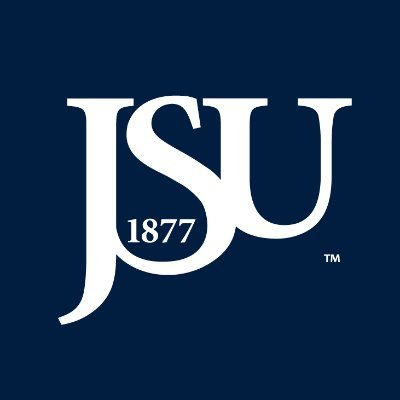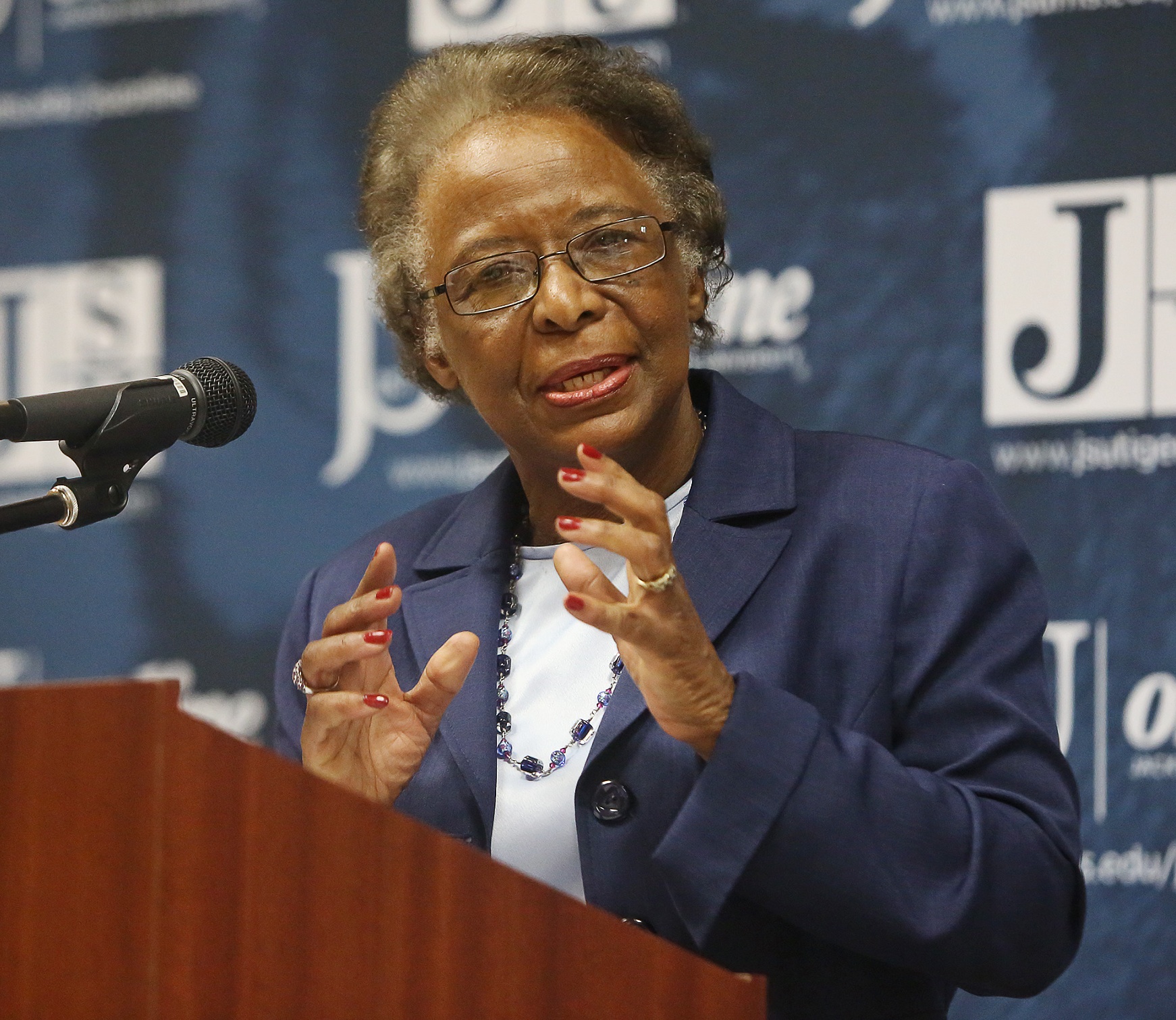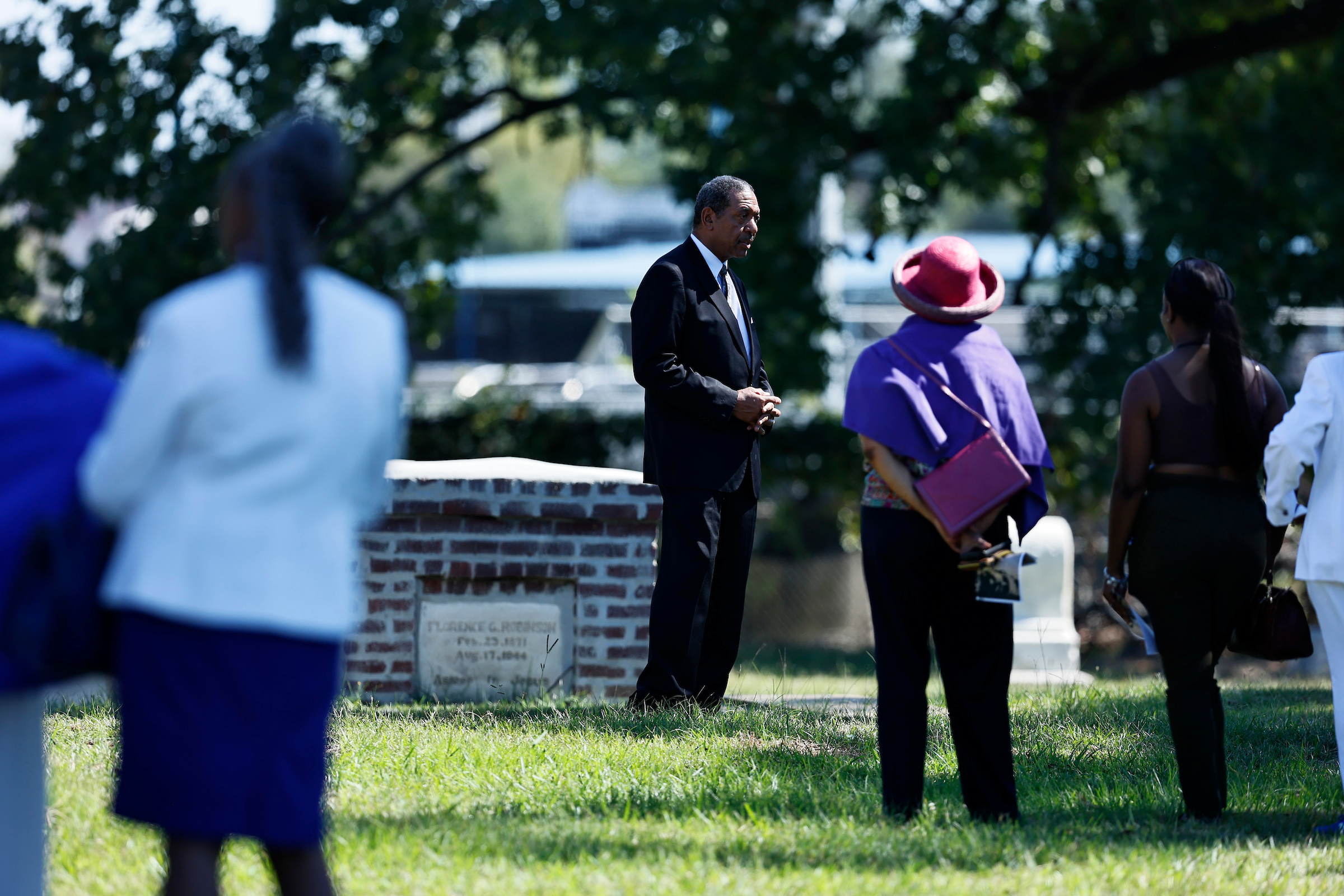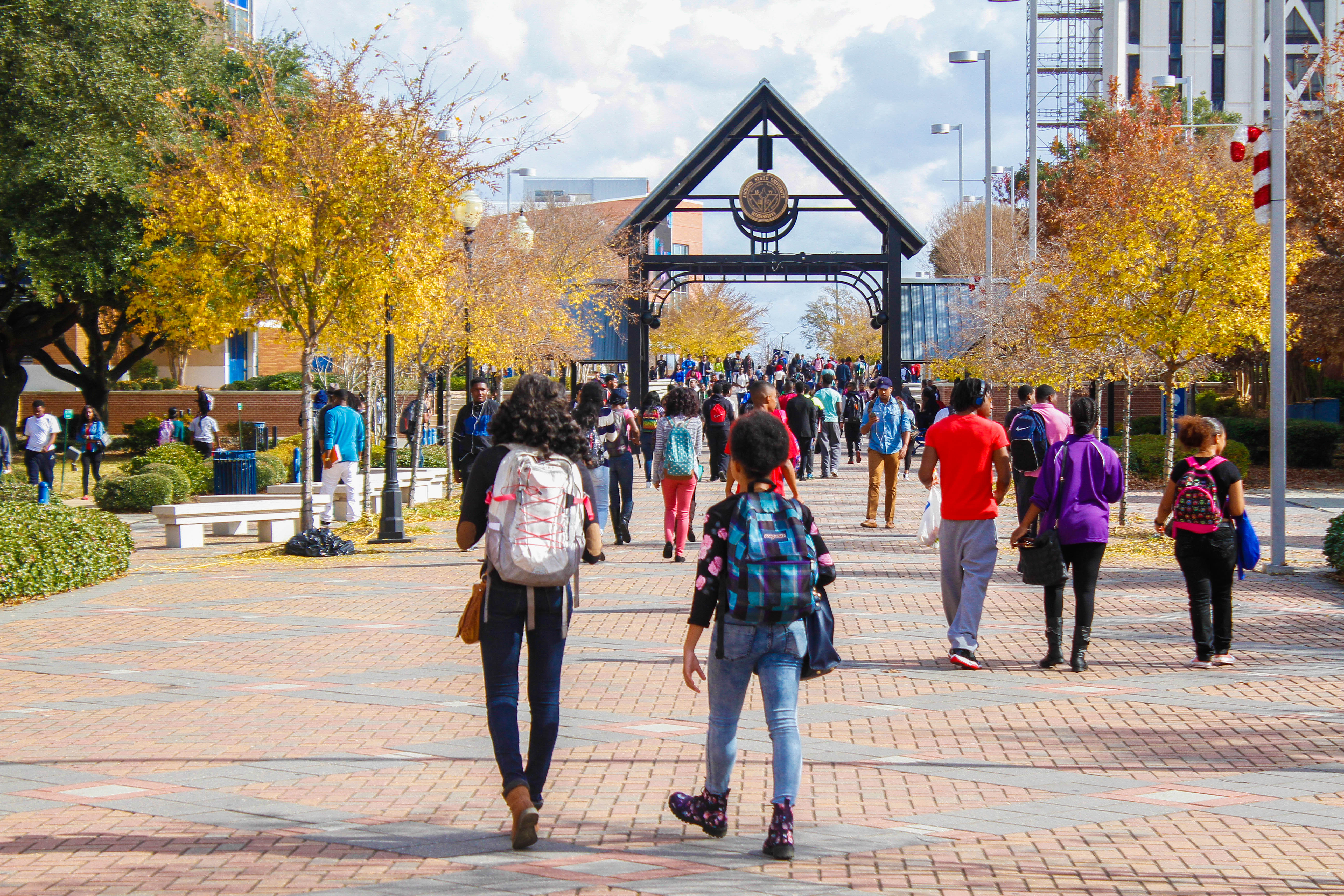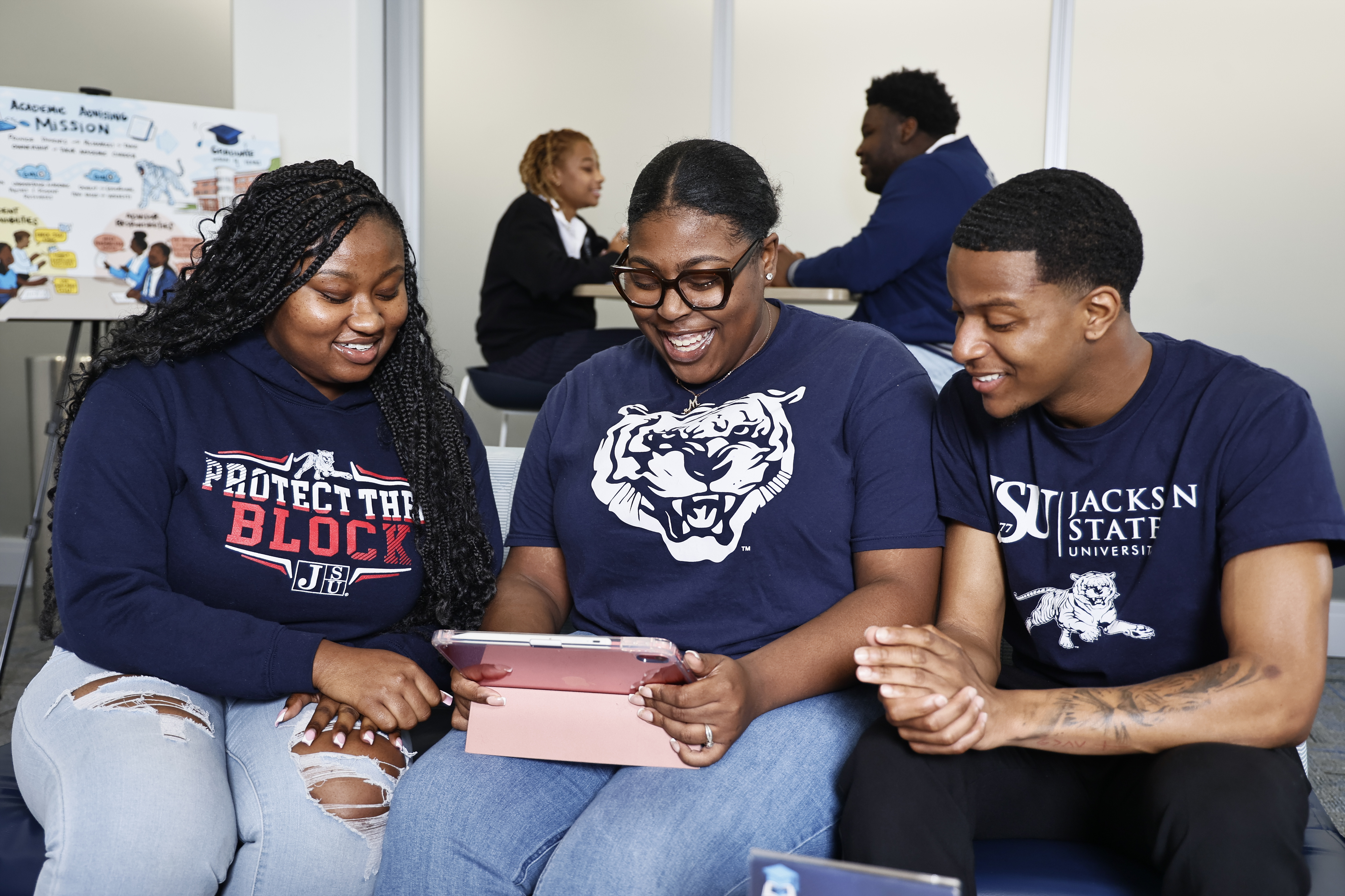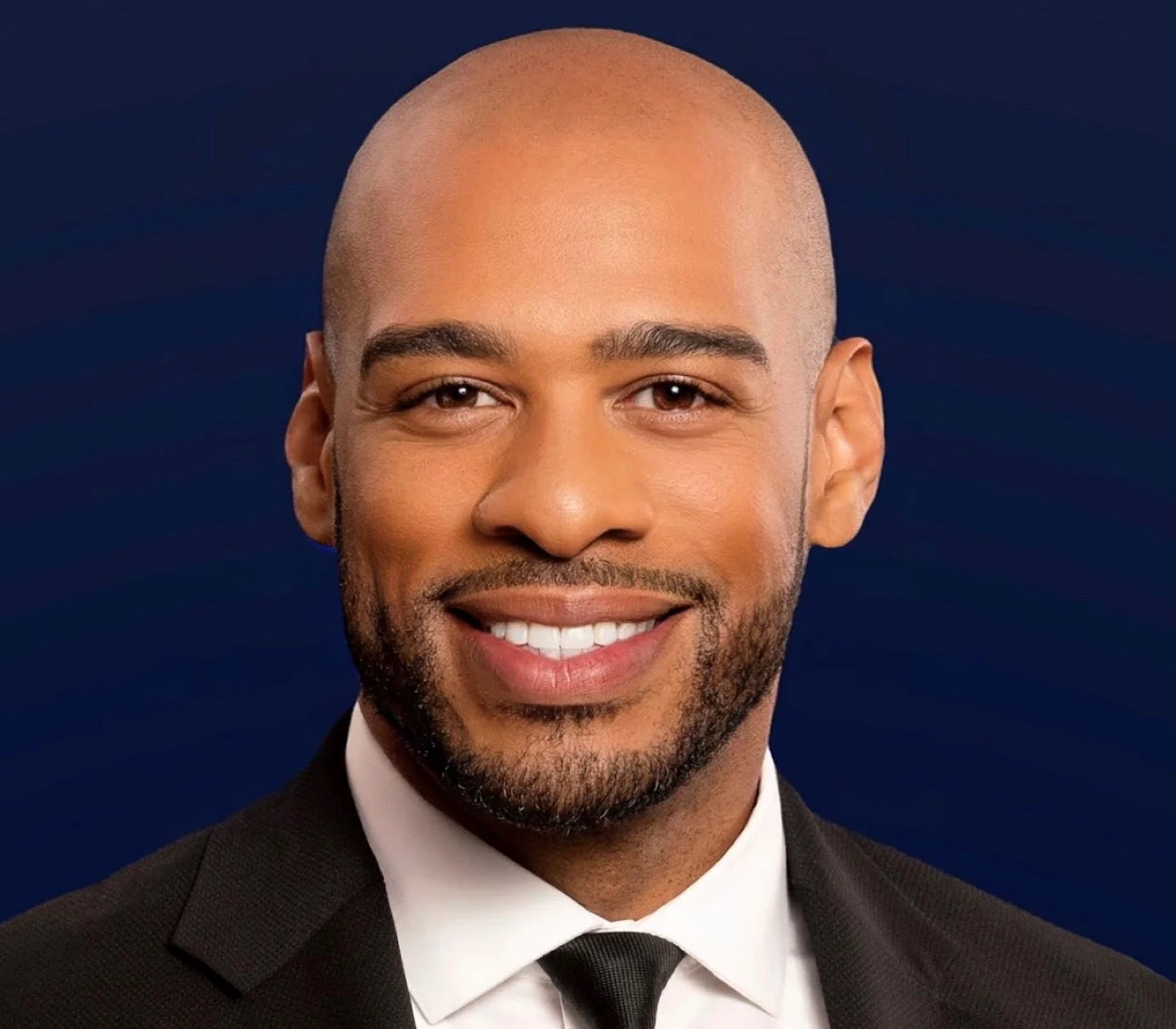Former Deputy Director of the National Science Foundation (NSF) Dr. Cora B. Marrett urged Jackson State University and other higher education institutions to focus on their “public mission” Monday at JSU.
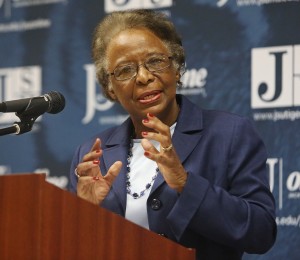
Saying her remarks were “musings” in the talk titled “The Changing Landscape of Higher Education,” the professor emerita at the University of Wisconsin-Madison who on two different occasions assumed the position of acting director at NSF, said that universities are facing “one challenge after another.”
Those include declining enrollments, the cost of refurbishing facilities and attracting and retaining top faculty in an era of declining government support.
While saying JSU might not fit entirely with these challenges (JSU, for example, is enjoying record enrollment increases each year), she said that all universities are facing financial issues with the “pushback” of higher tuitions while federal funding is cut back.
“These challenges demand responses,” said Marrett, sharing her comments with the top echelons of deans, faculty and staff as the guest lecturer for JSU’s Presidential Leadership Lecture Series held at the Walter Payton Center. She said the two main responses must be:
— Greater attention to a public mission;
— Mobilization of all resources to a university’s mission.
She said that the public mission of higher education in earlier times was clear. When the United States was creating land grant colleges, the mission of the era was to educate young men — “and they were men then,” she said — and prepare them for their roles in society.
During the pre- and post-Sputnik era of the 1950s and 1960s, she said, the mission was to advance scientific knowledge.
Now, she said, universities must turn away from the “noblesse oblige” model of the privileged classes determining the needs of universities. But, even so, the public missions of universities have become blurred.
Making that new role more difficult, she said, is the common perspective that since students will individually benefit the most (and it’s proven that over a lifetime college graduates command more income than people without a degree), that individuals should bear the cost, not government.
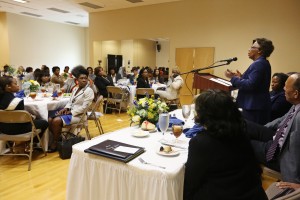
With the equally detrimental view that universities only benefit a narrow segment of society, she said, it become even more important that universities adopt a clear public mission.
As examples, she gave NASA’s mission “to benefit all of humankind” and the Ford Foundation’s mission to produce “lasting change that transforms people’s lives.”
The mission, like NSF’s, must be a “dedication to public needs” and must have a broad impact with the advancement of knowledge that has implications beyond simply carrying out the work.
This dovetails with the second needed response of mobilization of all resources to a university’s mission, she said, lamenting that the greatest impediment to that is the creation of “silos” that segment one college, department of focus from another.
Significant exchanges across programs mean success in the landscape of higher education, she said.
Central to that is the engagement of students, which has two effects:
— Helping to clarify questions and benefits of ideas;
— Widening and deepening the educational exposure of students.
The goal is to create a living, responsive, plan of action that creates a wider and diverse larger purpose to achieve.
To a standing ovation, Marrett challenged JSU to ensure than no one should graduate unsure of its wider purpose.
“Jackson State offers a possible beacon for others,” she said.
JSU President Carolyn W. Meyers welcomed Marrett and her ideas, saying that one would “need some shades” to see the brilliance of those attending and of the speaker. And she added that Marrett is for students “another hero” to admire.
Dr. James C. Renick, provost and senior vice president for academic and student affairs, applauded Marrett’s remarks, saying that JSU cannot simply focus on its own interests and “why we do what we do” because that only “confuses process with purpose.”
Marrett spent the day at JSU meeting with faculty, staff and administrators and toured the campus, including the state-of-the-art Trading Room at the College of Business, the INNOVATE and CREATE centers at H.T. Sampson Library and the College of Science, Engineering and Technology.
She was escorted by Dr. Loretta Moore, vice president for Research and Federal Relations, who coordinated the event.


